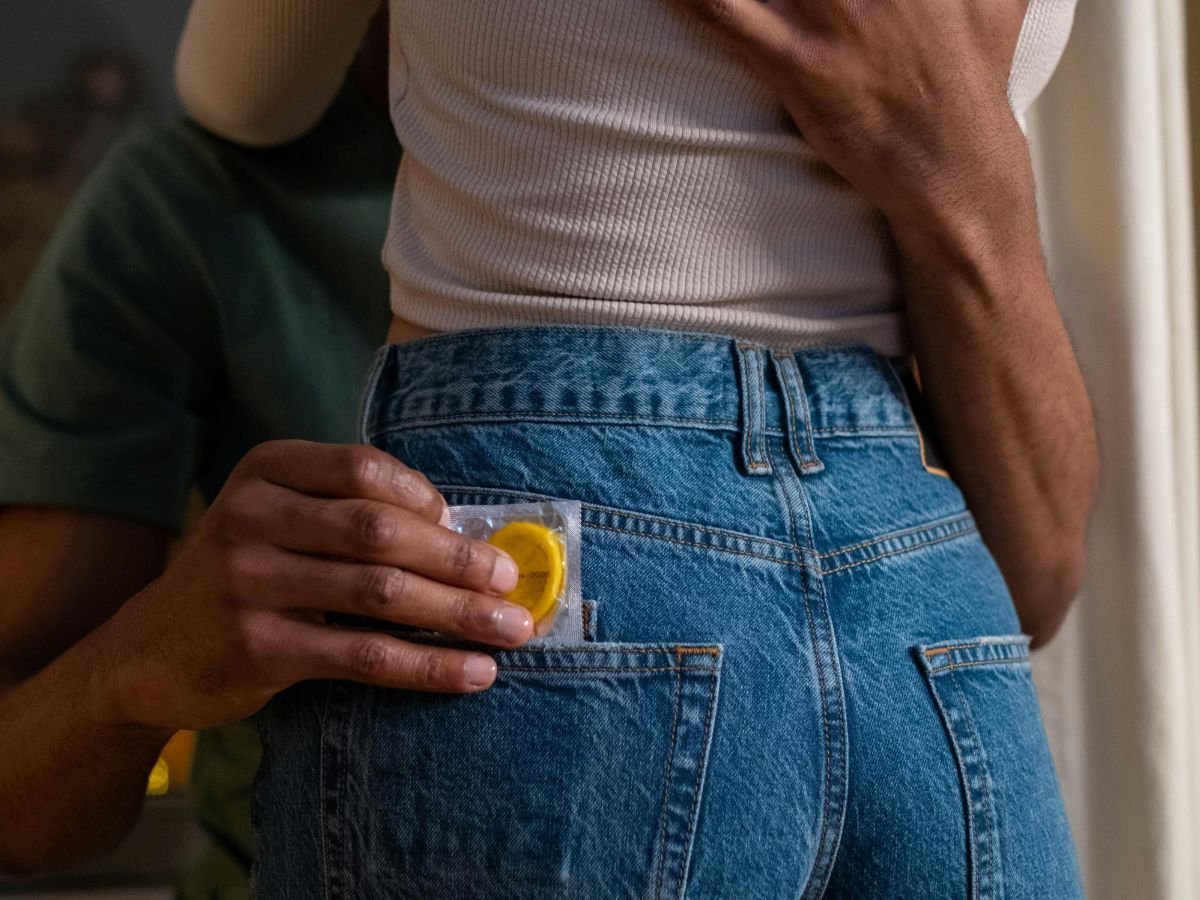
Fashion often ushers in trends that are grounded in rebellion, innovation, and cultural dialogues that challenge public sentiment. One of the boldest proclamations to emerge has been latex couture, a bold, brilliantly reflective material traditionally associated with underground scene dabbling now reigning supreme on luxury runways. Latex fashion is not solely one statement aesthetic. It is also an emblem of empowerment, body independence, and light-hearted safe sex advocacy.
From Taboo To Trendsetter
Latex used to be the fabric of fetish wear, cast into the dark corners of nightlife and private identifications. Now, as designers such as Atsuko Kudo, Richard Quinn and brands such as Mugler have utilized the fabric, latex has found a home in popular culture. Its steep normalization through celebrities such as Beyoncé and Kim Kardashian wearing fitted latex gowns repositioned the entire dialogue displaying the notion from an embarrassing taboo to new-wave trendsetters.
What is particularly intriguing is that latex couture carries similar undertones as it does in the sexual wellness world. Latex, as with condoms, reflects protection, proper boundaries, and a dominant confidence. Fashion's flourishing curiosity of latex aligns with the pleasurable conversation of both partners achieving a mutual climax, consent, and blatant pleasure for all vested parties.
Latex As A Symbol Of Empowerment
Latex couture challenges respectability in fashion. Latex couture is about celebrating the body, sensuality, and the right to be an object of desire. When models walk the runway in sculpted latex, it's a powerful message that there is nothing inherently shameful or damaging about sexuality, and nothing wrong with embracing it.
This idea reinforces and begins to solidify the notion of mutual climax intimacy that sex is safe, pleasurable, and tenable for both parties. Just as a well-fitted latex outfit requires attention to detail and the right fit, fulfilling intimacy calls for open communication, shared experience, and essential tools like condoms to ensure both partners feel secure and cared for.
From Safe Sex To Style
As sexual health organizations start partnering with designers of all kinds, the runway is fast becoming a venue of awareness. The fashion shows that utilize latex showcase visual potential but also demonstrate awareness around safe mutual climax, a term that we use to express consent and shared pleasure while being together in a protected sexual health environment.
The fashion making waves in the world of latex has become a significant and a surprising norm around counter-culture condoms, healthy intimacy, and mutually inclusive pleasure. Whether it's a bodysuit or a condom campaign encased in high-fashion images, it sends a clear message: sex should be safe, stylish, and fun for everyone.
The Growth Of Mutual Climax Messaging In Pop Culture
We are seeing a rise in pop culture discussion about pleasure. A discussion by podcast hosts, a promotion put forth by a wellness influencer, and belief systems that are rooted in the reduction of shame associated with desire are becoming increasingly commonplace. Latex fashion ties in nicely with this discourse nowadays. It is bold and unapologetic and represents the sentiment of modern conversations around mutual climax and a state of practice that's based on pleasure with the understanding of respect, safety, and equality.
Also, since we exist in a world where most information is visual, having a model in latex in a catwalk show or a campaign ad with shiny second-skin suits communicates more than words can. Always nudging us to rethink our sexual engagement and, if possible, capture a sense of inclusivity, confidence, and joy.
Conclusion: Fashion As Change
Latex haute couture is not intended to turn heads, but to turn the conversation. Designers and brands are beginning to shift the conversation about sex and stigma by mismatching the provocative nature of fashion with the advocacy associated with safe sex. In doing this, they are mitigating the stigma around sexuality and promoting conversations founded on safety, empowerment, and pleasure.
As we rethink these barriers and embrace the idea that sex is as much expressive as it is responsible, latex moves from being a fabric, dress, or accessory to the initiation of contemplation and conversation worth having.





.png)

.jpg)

.jpg)

_(1).jpg)
.jpg)
_(1).jpg)